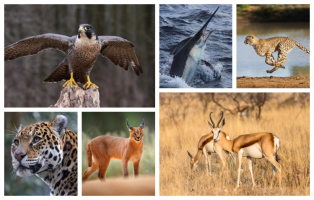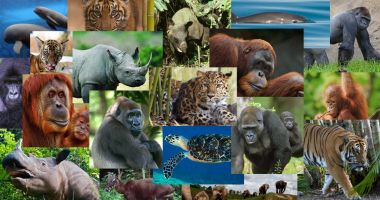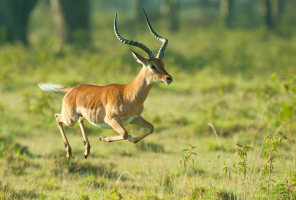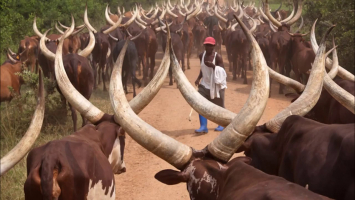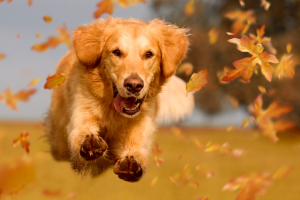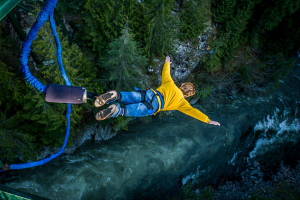Top 8 Slowest Animals In The World
Some creatures just don't seem to be in a rush. These are some of the world's slowest animals, from sloths to snails, tortoises to slugs. While animals such as ... read more...the cheetah and peregrine falcon flaunt their exquisite speed, these creatures prefer to amble and creep, traveling only a few feet per minute at times. Let’s take a look at the slowest animals in the world with Toplist now!
-
The three-toed sloth is a neotropical arboreal animal (also known as "three-fingered" sloths). They are the only members of the Bradypus genus and Bradypodidae family. Brown-throated sloths, maned sloths, pale-throated sloths, and pygmy three-toed sloths are the four living species of three-toed sloths.
Sloths spend their days sluggishly traveling through the treetops. Their sluggishness can be attributed to their extremely low metabolic rate. Because of their slow metabolism, they just require a few leaves and twigs to survive. According to National Geographic, they move at a blazing speed of 1 foot per minute, so slowly that algae grows on their coats.
Although sloth locomotion appears to be comparable to that of other animals, German zoologists discovered that their physical structures differ significantly. Their arms are incredibly long, yet their shoulder blades are relatively small. This allows them to reach a long distance without moving much, allowing them to conserve energy while doing the same actions as other animals.
Speed: 1 foot per minute
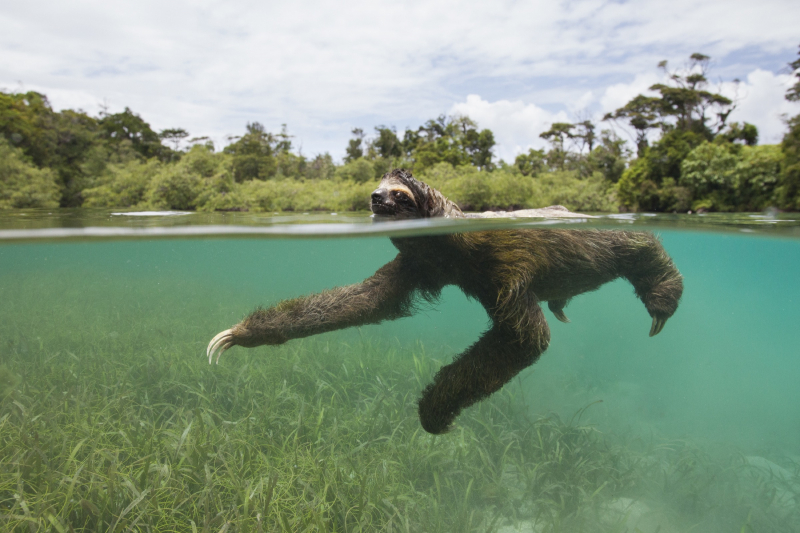
Source: bioGraphic 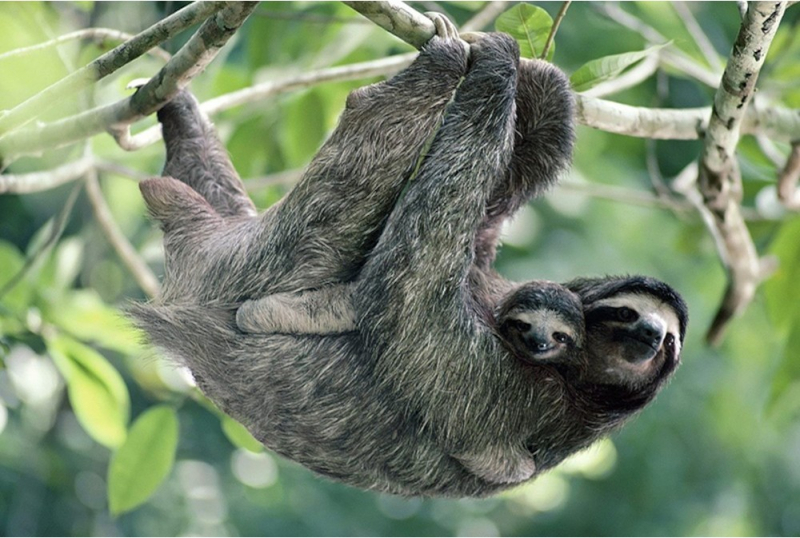
Source: Wild Republic -
Garden snails belong to the Helicidae family. They are one of the slowest animals in the world. This species may be the most well-known of all terrestrial mollusks. For over two centuries, it was classed as Helix aspersa, but the current taxonomy places it in the genus Cornu.
In some countries, the snail is considered a delicacy, but it is also frequently recognized as a problem in gardens and agriculture, particularly in areas where it was accidentally introduced and where snails are not usually considered a menu item.
It's tough to walk rapidly when you only have one foot. The typical garden snail has a flat, muscular organ that moves it along its intended path rather slowly. According to the Dudley Zoo, the snail emits a stream of mucus to help it travel by reducing friction. That's why a garden snail's trail is usually covered in slime. The top speed of a garden snail is 1.3 cm per second, but it can travel as slowly as 1/10 of an inch (28 centimeters).
Speed: 1.3 cm per second
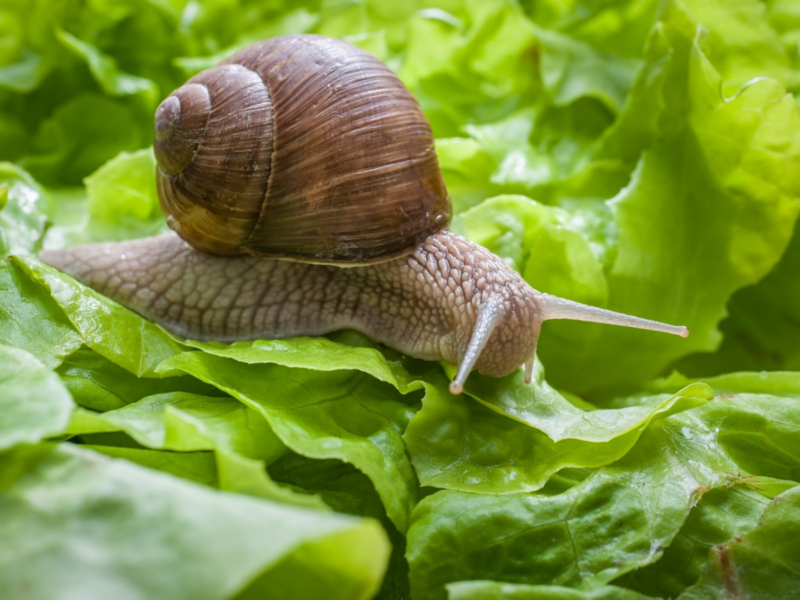
Source: Gardening Know How 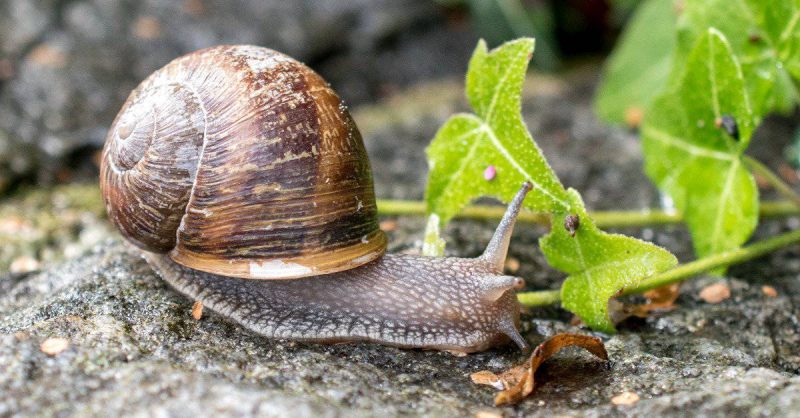
Source: AZ Animals -
Starfish, often known as sea stars, are echinoderms with a star-shaped body that belong to the Asteroidea class. These names are frequently used for ophiuroids, which are accurately referred to as brittle stars or basket stars in common usage.
Starfish are invertebrates that live in the sea. Starfish normally have a center disc and five arms, though some species have more. The aboral, or upper surface, is covered with overlapping plates and can be smooth, granular, or spiny. Many species are brilliantly colored, ranging from red to orange, while others are blue, gray, or brown in color. A hydraulic system powers the tube feet of starfish, which have a mouth in the center of the oral or bottom surface.
The starfish's small feet enable them to grab surfaces and move around. They don't move very quickly, though. An adult sunflower sea star can move at a whirlwind speed of one meter (approximately one yard) per minute using all 15,000 of its help tube feet, according to the National Oceanic and Atmospheric Administration (NOAA).
Speed: one meter per minute
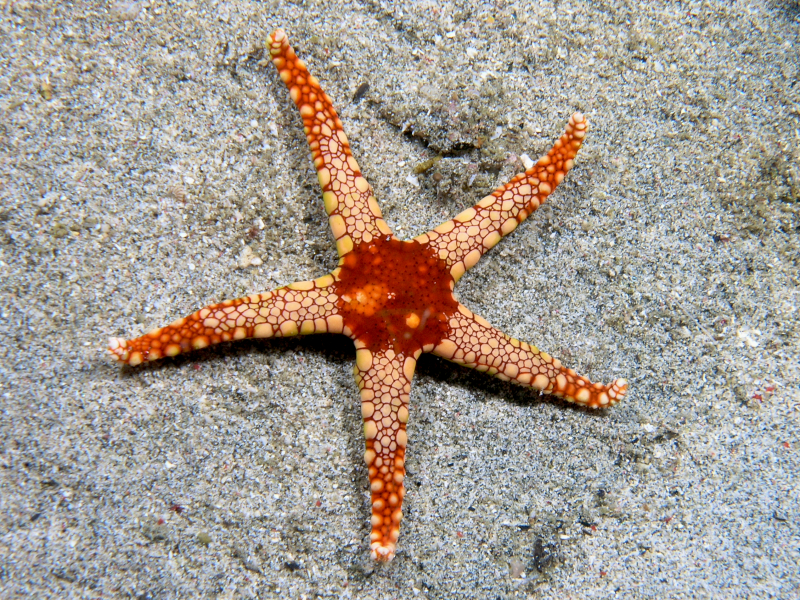
Source: Wikipedia 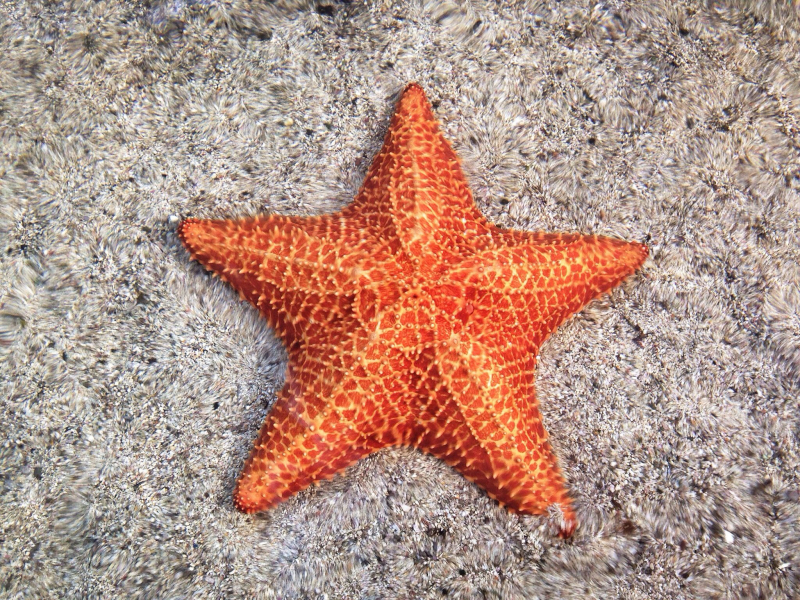
Source: It Education Learning -
Giant tortoises - one of the slowest animals in the world, are any of several species of enormous land tortoises, including several extinct species and two living species with multiple subspecies that were once prevalent on the western Indian Ocean islands and the Galápagos Islands. They drink a lot of water when it's available, which they can store in their bladders for a long time. The saddle-backed shell and the domed shell are the two main varieties of shell among them. They each have unique adaptations to various surroundings. The saddle-backed tortoises are the smallest tortoises in the Galapagos Islands, yet they have a long neck and two pairs of legs. Giant tortoises graze on cacti and reside in the dry zone.
Domed tortoises are larger tortoises with shorter necks and legs that live on more vegetated islands and eat grass. They sleep for an average of 16 hours every day. The ambient temperature and the availability of food determine their level of activity. They are active at midday during the chilly season, napping in the morning and afternoon. During the summer season, they are most active in the early morning and late afternoon, while they relax and attempt to stay cool in the shadow of a bush or half-submerged in muddy wallows during the midday.
Speed: 2 kilometers per hour
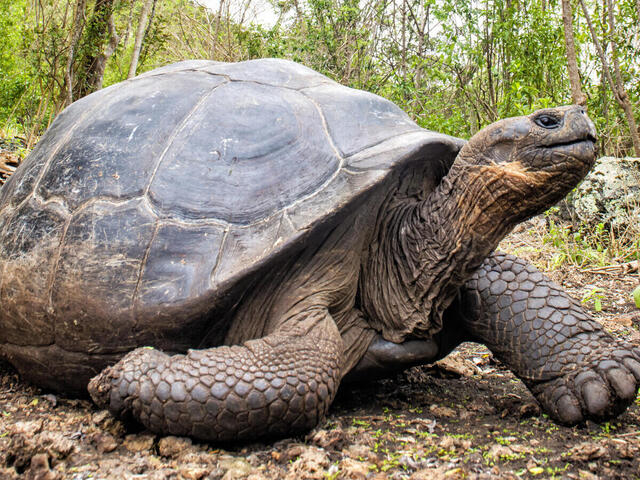
Source: World Wildlife Fund 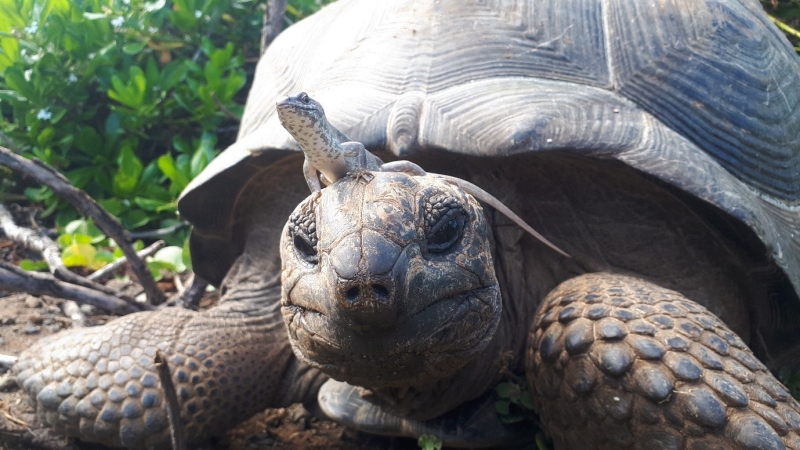
Source: The Applied Ecologist -
Banana slugs are commonly brilliant yellow in color (thus the name), although they can also be greenish, brown, tan, or white. Ariolimax columbianus possesses black patches that are occasionally so large that the animal appears to be completely black. Changes in food consumption, light exposure, and moisture levels cause individual slugs to change color. The color of a slug can also indicate whether it is healthy or wounded, as well as its age.
Banana slugs have a single lung with a pneumostome that opens externally. To allow gas exchange, the pneumostome lung chamber is extensively vascularized. Dehydration is a big issue for the mollusk, so it excretes a thick covering of mucus around its body and can also aestivate to combat it. They do this by secreting a protective mucus coating and insulating themselves with soil and leaves. They will remain dormant until the environment becomes moist again. They are more active at night because of their vulnerability to desiccation, but they can also be found on chilly, moist days.
Speed: 6.5 inches in 120 minutes
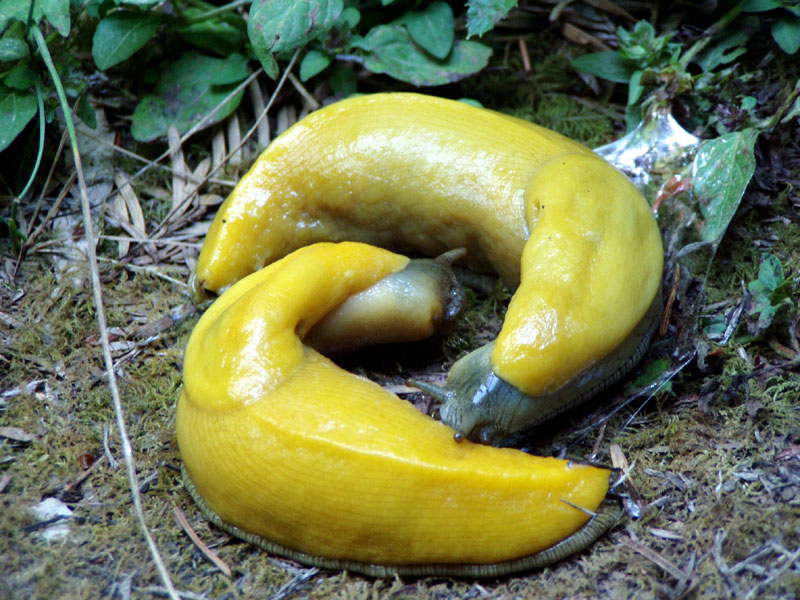
Source: Wikipedia 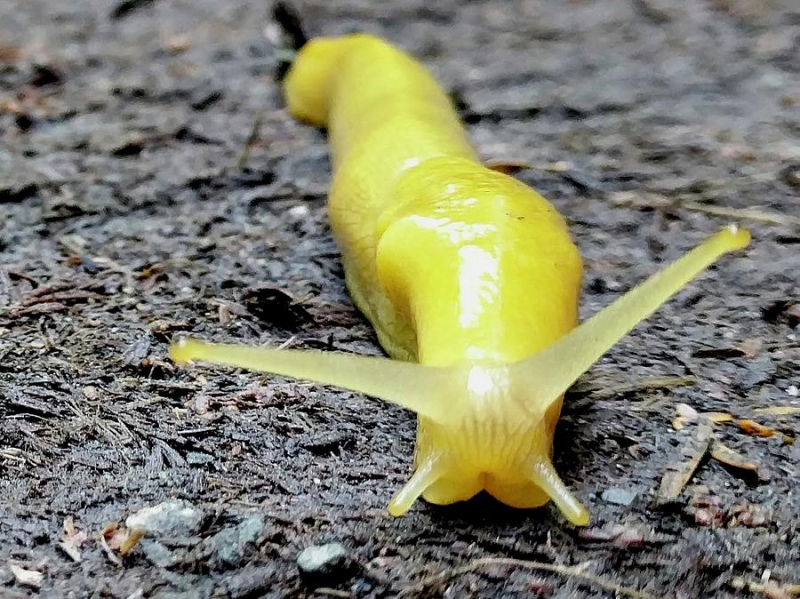
Source: Pixels -
Slow lorises have a round head, a small snout, huge eyes, and a wide range of species-specific color patterns. Their arms and legs are almost the same length, and their torso is long and flexible, allowing them to twist and extend to surround branches. Slow lorises' hands and feet contain many modifications that allow them to grasp branches for lengthy periods of time with a pincer-like grip. This is one of the slowest animals in the world.
Slow lorises have a toxic bite, which is unique among primates and unusual among mammals. By sucking on a sweat gland on their arm, the toxin is collected, and the secretion is activated by mixing it with saliva.
Their toxic bite, which was long considered to be largely utilized as a predator deterrent, has now been revealed to be mostly used in intra-species disputes. In wild individuals, the secretion from the arm contains a molecule that is similar to cat allergen, but it may be enhanced by secondary poisons from the diet. When threatened, slow lorises move slowly and deliberately, producing little or no noise, and they stop moving and remain motionless.
Speed: 1.18 miles per hour
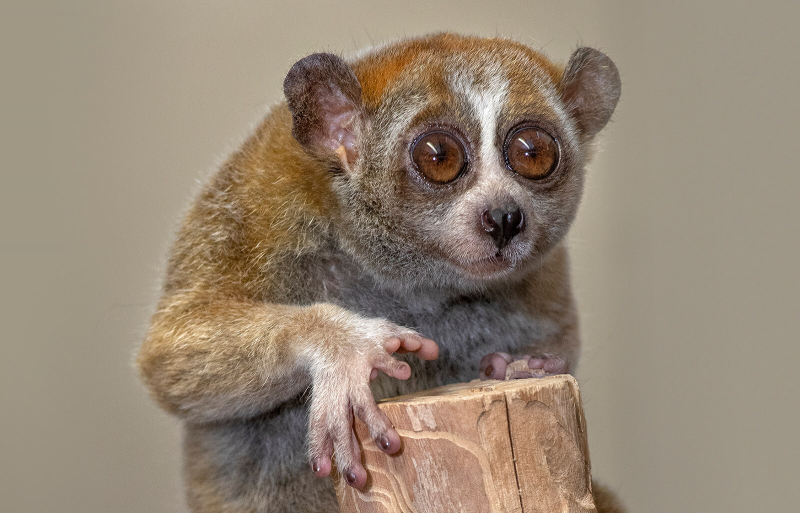
Source: animals.sandiegozoo.org 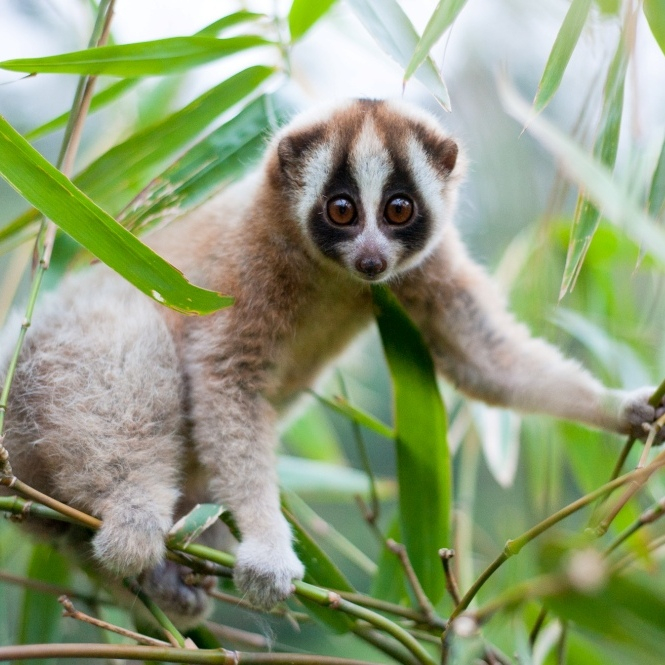
Source: pets.org -
Sea anemones belong to the Actiniaria order of predatory marine organisms. They are named after the anemone, a terrestrial flowering plant, because of their vibrant appearance. The phylum Cnidaria, class Anthozoa, subclass Hexacorallia, includes sea anemones. Sea anemones are related to corals, jellyfish, tube-dwelling anemones, and Hydra as cnidarians. Sea anemones, unlike jellyfish, do not have a medusa stage in their life cycle.
A typical sea anemone is a solitary polyp with its base attached to a hard surface, but other species live in soft silt and a few float near the water's surface. The polyp has a columnar stem with a central mouth and an oral disc with a ring of tentacles.
The tentacles can be retracted or stretched to seize passing prey. To their mutual benefit, certain sea anemone species coexist with hermit crabs, tiny fish, or other creatures.
Speed: 4/10-inch per hour
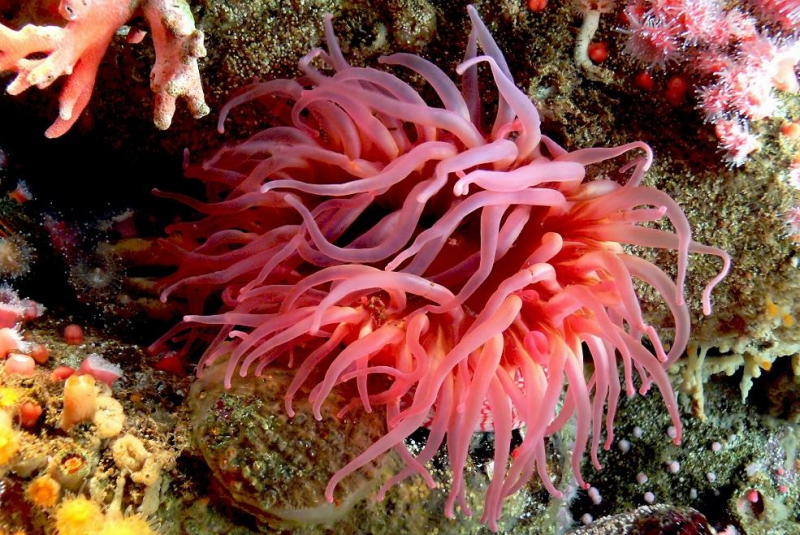
Source: eu.europea.eu 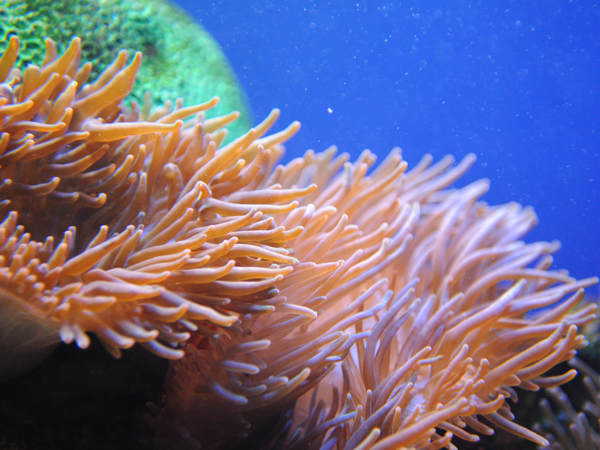
Source: Adudubon Nature Institute -
Manatees are herbivores, eating a variety of freshwater and saltwater vegetation. Manatees live in the Caribbean Sea, the Gulf of Mexico, the Amazon basin, and West Africa's shallow, marshy coastal areas and rivers. This is absolutely one of the slowest animals in the world.
Human-related issues, like habitat loss and human items, are the leading causes of death for manatees. Because of their slow movement and curious temperament, they have collided violently with propeller-driven boats and ships. Over 50 scars from propeller blades have been discovered on some manatees. Extreme heat, crocodile predation on young, and sickness are all natural causes of death.
Adult manatees lack incisor and canine teeth, instead opting for a pair of cheek teeth that aren't clearly divided into molars and premolars. These teeth are replaced on a regular basis throughout life, with new teeth sprouting at the back of the mouth as older teeth fall out from the front, similar to how elephants' teeth do.
Speed: 20 miles per hour
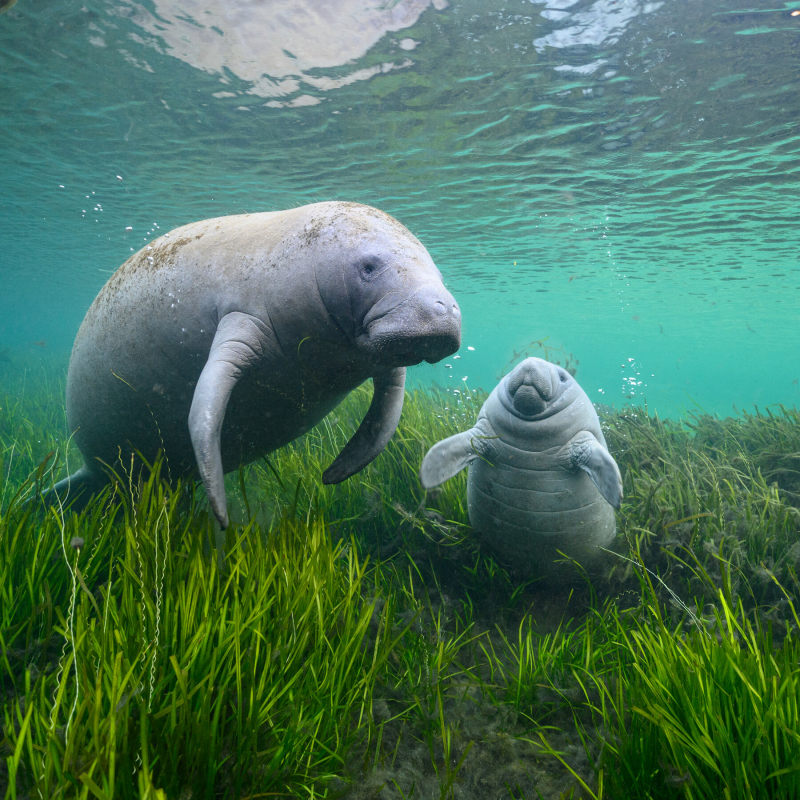
Source: The New York Times 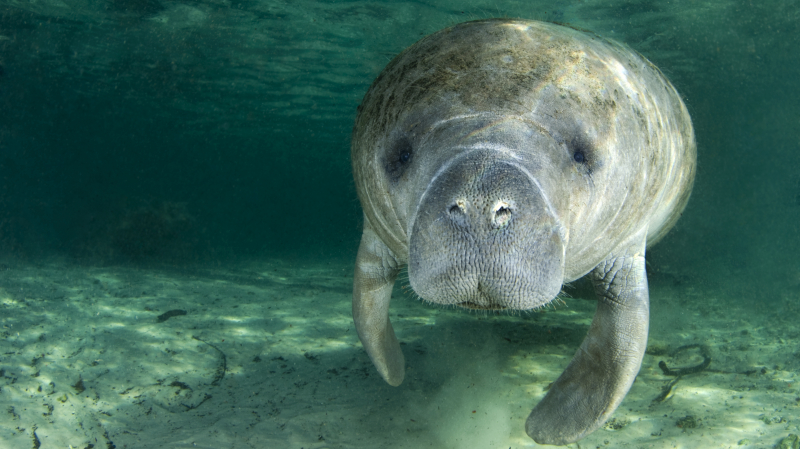
Source: NPR










